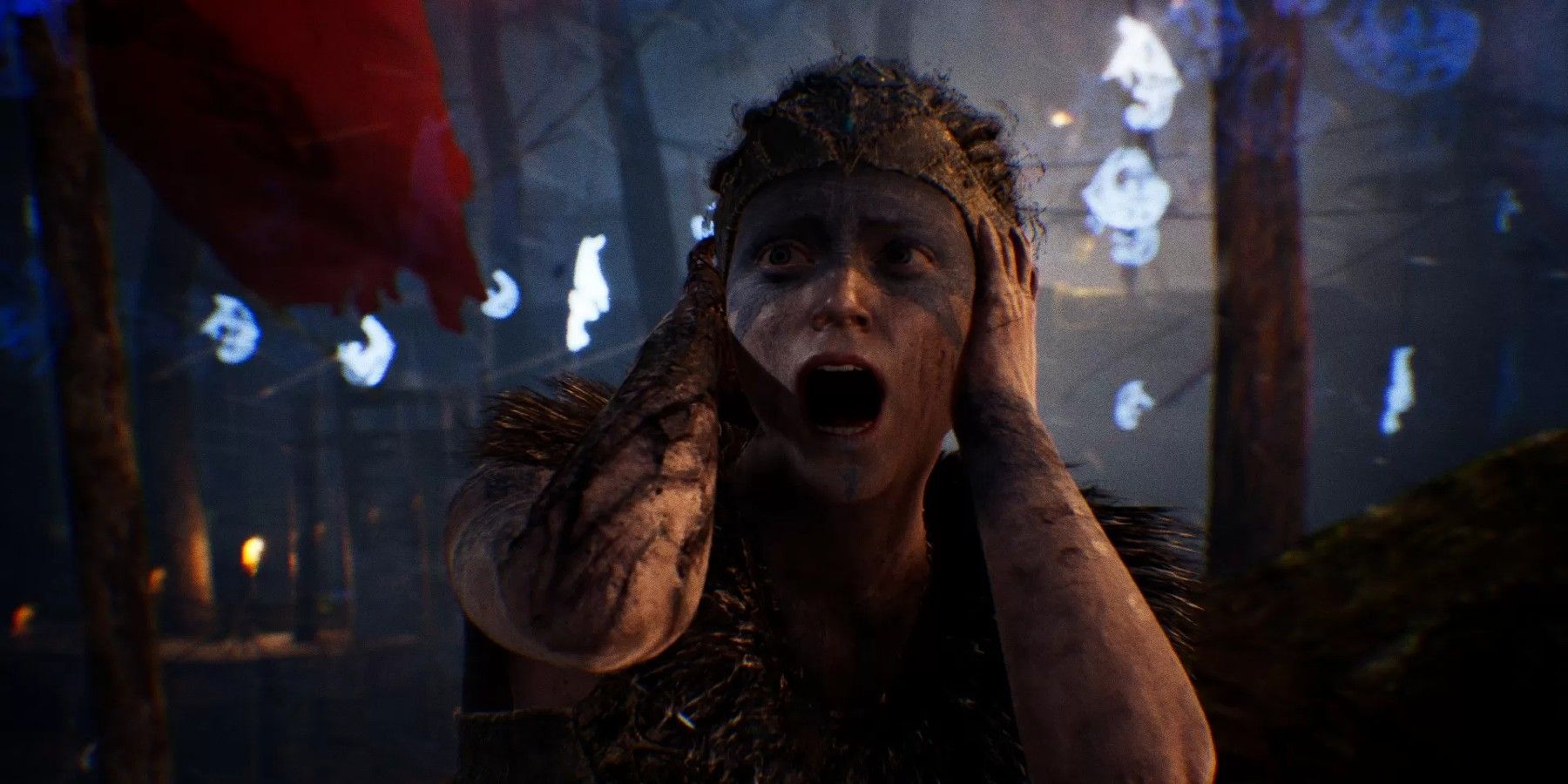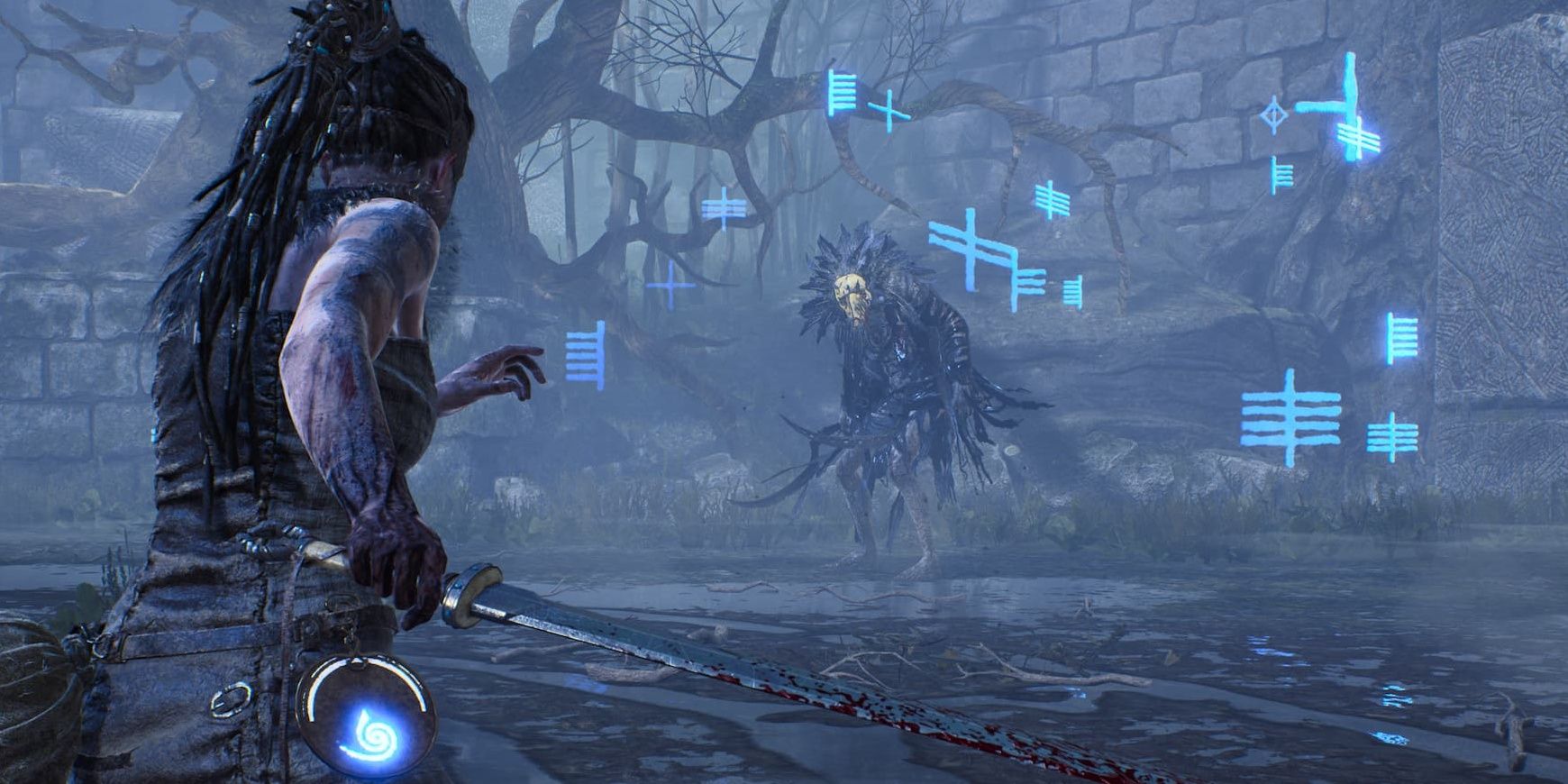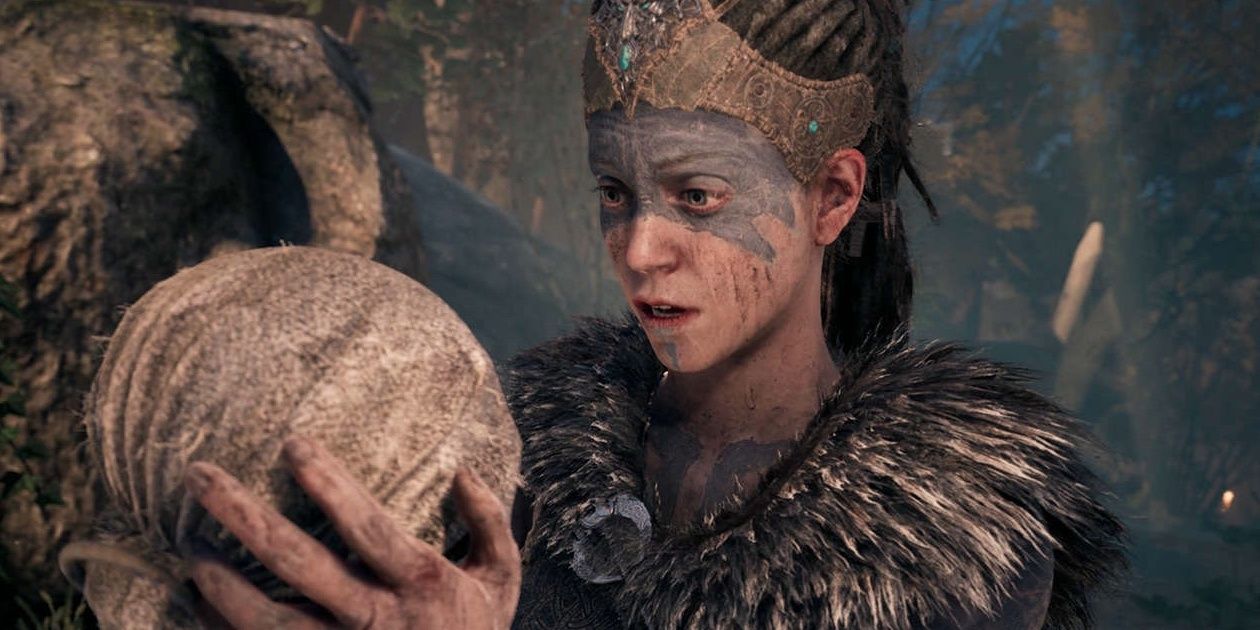Hellblade is one of the most successful games of recent years. Its development team, Ninja Theory, did an excellent job dealing with delicate and complex topics such as mental illness, and the commitment on the part of the developers did not go unnoticed.
To make protagonist Senua's condition more accurate, the developers consulted with real specialists who helped them throughout the production of Hellblade. The game makes mental illnesses a focal point, and it was crucial to represent them in the best way possible.
Hellblade's Plot Explained
Senua is a Pictish warrior who embarks on a long journey to reach Helheim, the realm of the dead in Norse mythology. She hopes to ask the goddess Hela to resurrect Dillion, her deceased husband, and right from the start she begins hearing voices she calles "Furies" that will mock her, trying to demoralize her. All the voices in Senua's head create more anxiety and fear within her. Guided by the spirit of Druth, she will have to face several obstacles that put her to the test, especially due to the voices that are constantly present.
In order to access the bridge that leads to the palace of Hela, Senua must pass two tests. The first is that of Valravn, god of ravens and illusions. During this meeting, the protagonist will have to both watch and not be fooled by Valravn's illusions. The battle follows a very specific pattern, which leaves no room for any kind of error, especially at maximum difficulty. Once Valravn is defeated and his seals open, Senua must face Sutr, god of the fire giants from Muspelheim. During this vision, Senua will relive the attack of the Norsemen who razed her village and killed her husband.
She must then overcome Odin's four siphons, which put her greatest fears in front of her, as well as Hela's faithful hell dog Garm - which guards the head of her husband after Senua lost it. Once she manages to reach Hela, she will realize that her entire journey was in her imagination. Despite this, this journey helps her overcome the death of her husband and accept the visions not as a curse, but as a part of herself.
Hellblade and Senua's Psychosis
Senua suffers from a severe form of psychosis. Psychosis is a psychiatric disorder that leads to distorting reality, having hallucinations and delusions, and having a frequent lack of intuition. At the time when Hellblade is set, there was no knowledge of such diseases, and therefore both she and all the villagers thought it was some kind of curse of the gods. The only one who didn't think this way was Senua's mother, who instead perceived the voices as a blessing.
In order to best represent psychosis, Ninja Theory consulted several experts who took part in the entire development process, including the non-profit organization Wellcome Trust that specializes in funding biomedical research. The entire process that led to the creation of Hellblade is described in a documentary that every player can watch once they launch the game. Although available from the beginning, it is advisable that players view it only after they have completed Senua's journey, as there are several spoilers included.
In this documentary, the developers talk about how Hellblade was born. Ninja Theory's bet, which it has defined as an independent AAA title, was enough of a success that a sequel, Hellblade 2, is in the works. Even in the sequel, Senua's mental disorder will be present and continue to haunt the young heroine. However, unlike before, she will be well aware of her situation.
Hellblade is now available for PC, PS4, and Xbox One.



